Recent findings highlight increasing worries over the environmental fallout from defunct satellites burning up on reentry.
These disintegrating satellites emit aluminum oxides, projected to surge by 650% in the next few decades. This dramatic increase poses a serious threat to the recovery of our ozone layer, Earth’s natural sunscreen against harmful ultraviolet rays.
The Expanding Threat Above
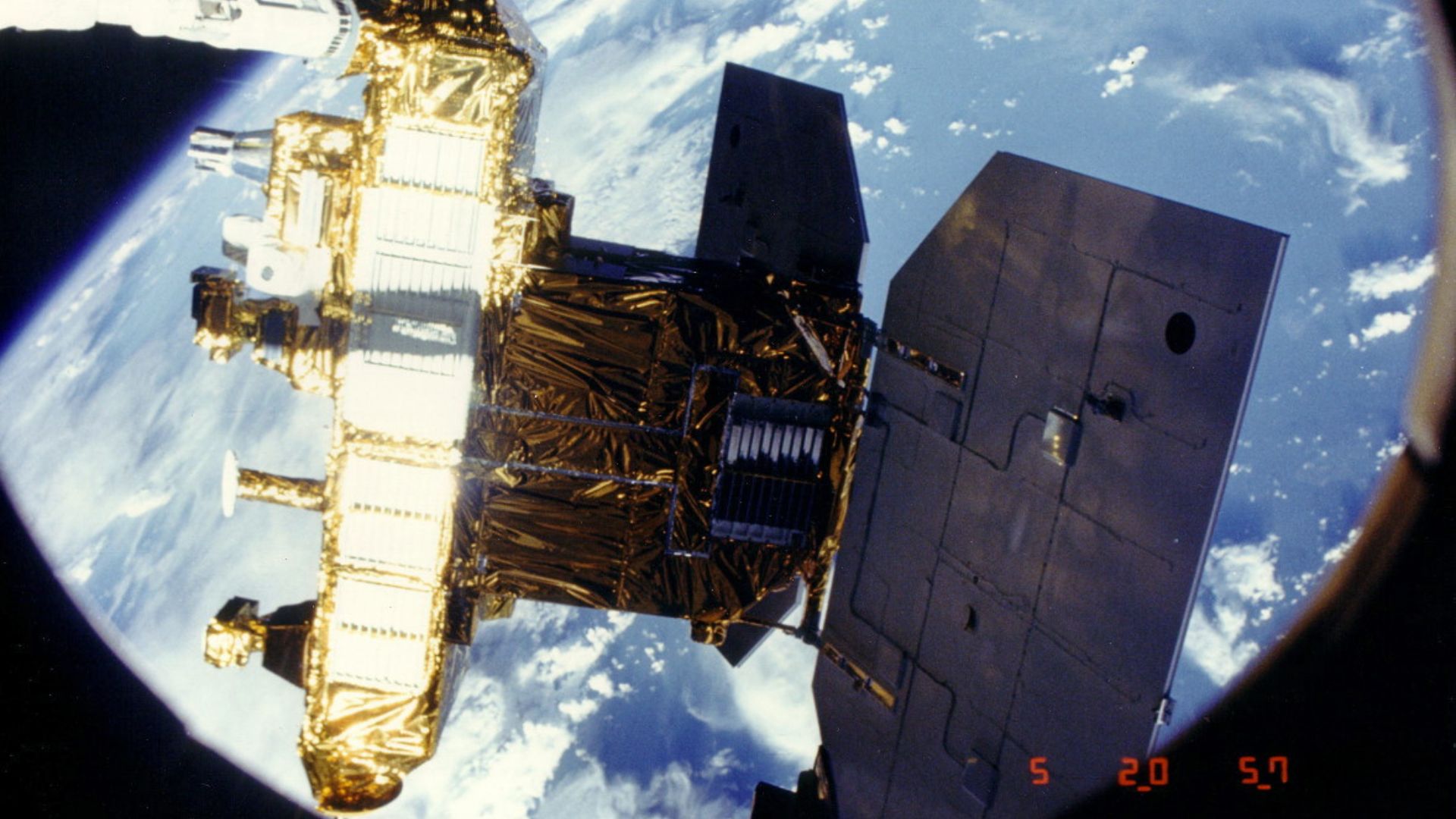
The allure of satellite megaconstellations, vast networks of orbiting tech, is undeniable for many companies. But this burgeoning interest comes with a hefty price for our planet’s atmosphere.
As these constellations grow, they amplify the potential for atmospheric pollution, jeopardizing the health of the ozone layer with every satellite that ends its service.
A Cloud Over Ozone Healing

Scientists involved in a landmark study have voiced significant concerns: the pollutants from satellites could cause “potentially significant” damage to the ozone layer.
This revelation illustrates the risk to the layer’s delicate recovery, already compromised by past pollution from man-made chemicals.
A Delicate Balance Disrupted
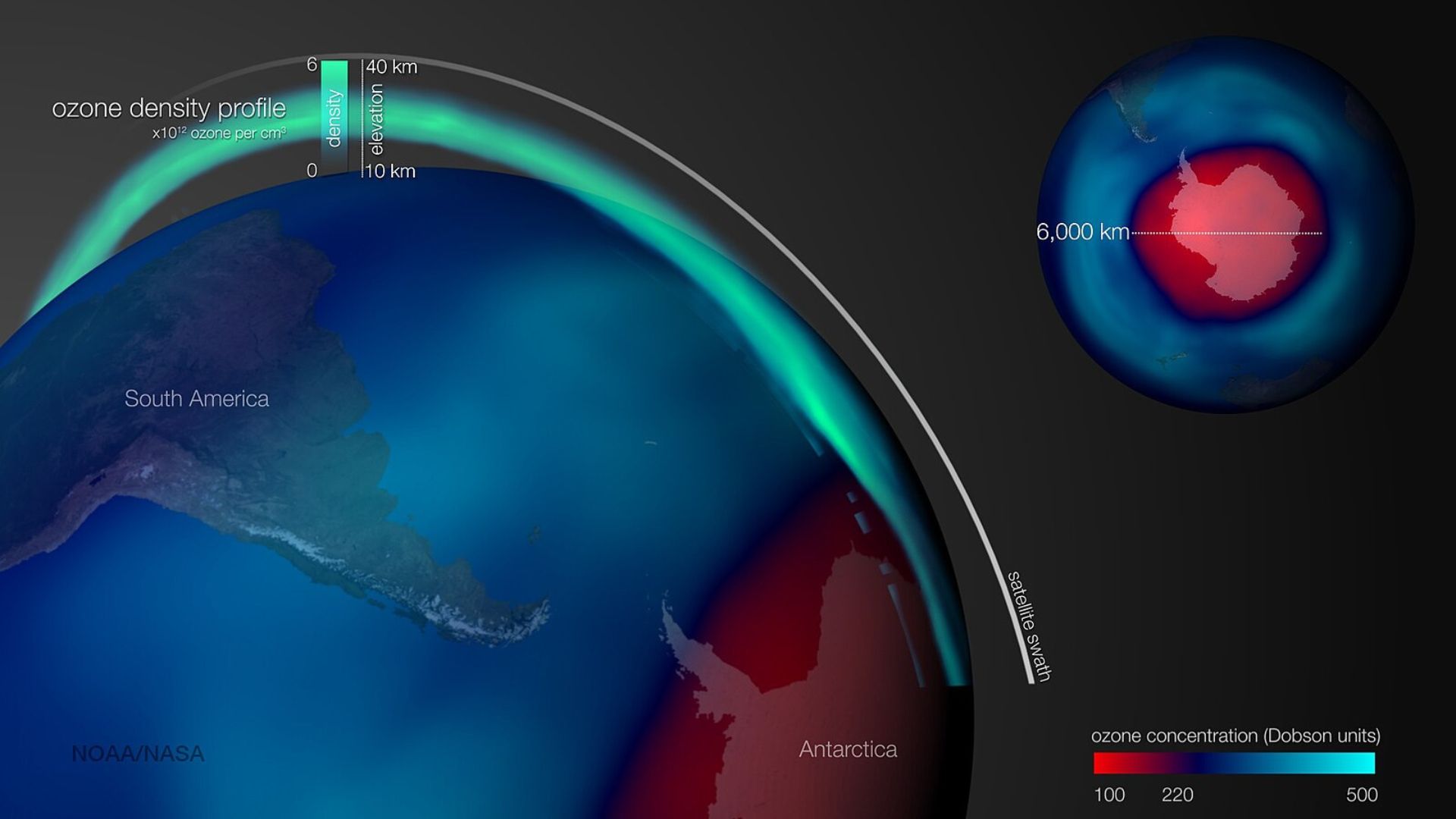
The ozone layer serves as Earth’s protective umbrella, shielding the planet from the sun’s damaging ultraviolet light.
Efforts such as the Montreal Protocol have helped curb substances that eat away at this layer. Yet, the rise of satellite megaconstellations threatens to undo these hard-won gains, posing a new challenge to ozone recovery.
Unpacking the Impact of Aluminum Oxides

Insightful research by the University of Southern California reveals worrying trends about satellite debris.
Joseph Wang, a professor at USC, explained their method: “This study used atomic scale molecular dynamics simulation to quantify the amount of aluminum oxide generated for a model satellite reentry.” Their findings are paving the way in understanding this complex issue.
Alarming Increase in Atmospheric Pollutants
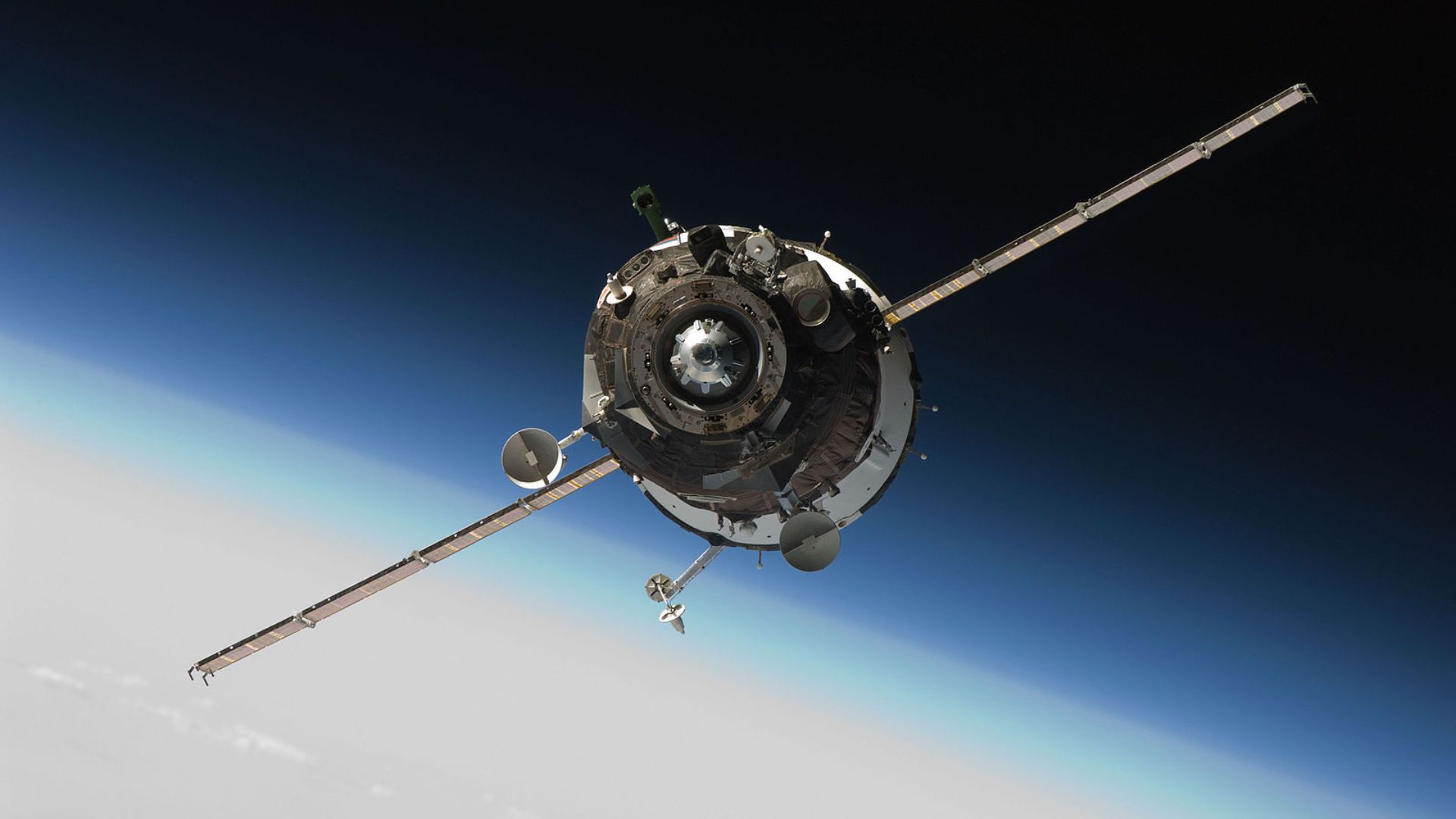
Data from 2022 alone shows a stark reality: around 332 metric tons of satellites were destroyed in the atmosphere, producing 17 metric tons of aluminum oxide.
Over the past six years, the level of these pollutants has skyrocketed, growing eightfold and signaling a growing environmental threat.
The Satellite Surge

The European Space Agency tracks some 12,540 satellites currently orbiting Earth, with 9,800 active.
Forecasts indicate this number could dramatically increase by 2030 due to corporate ambitions to expand satellite networks. This rise forebodes a significant uptick in atmospheric pollution.
Ambitious Sky-High Plans
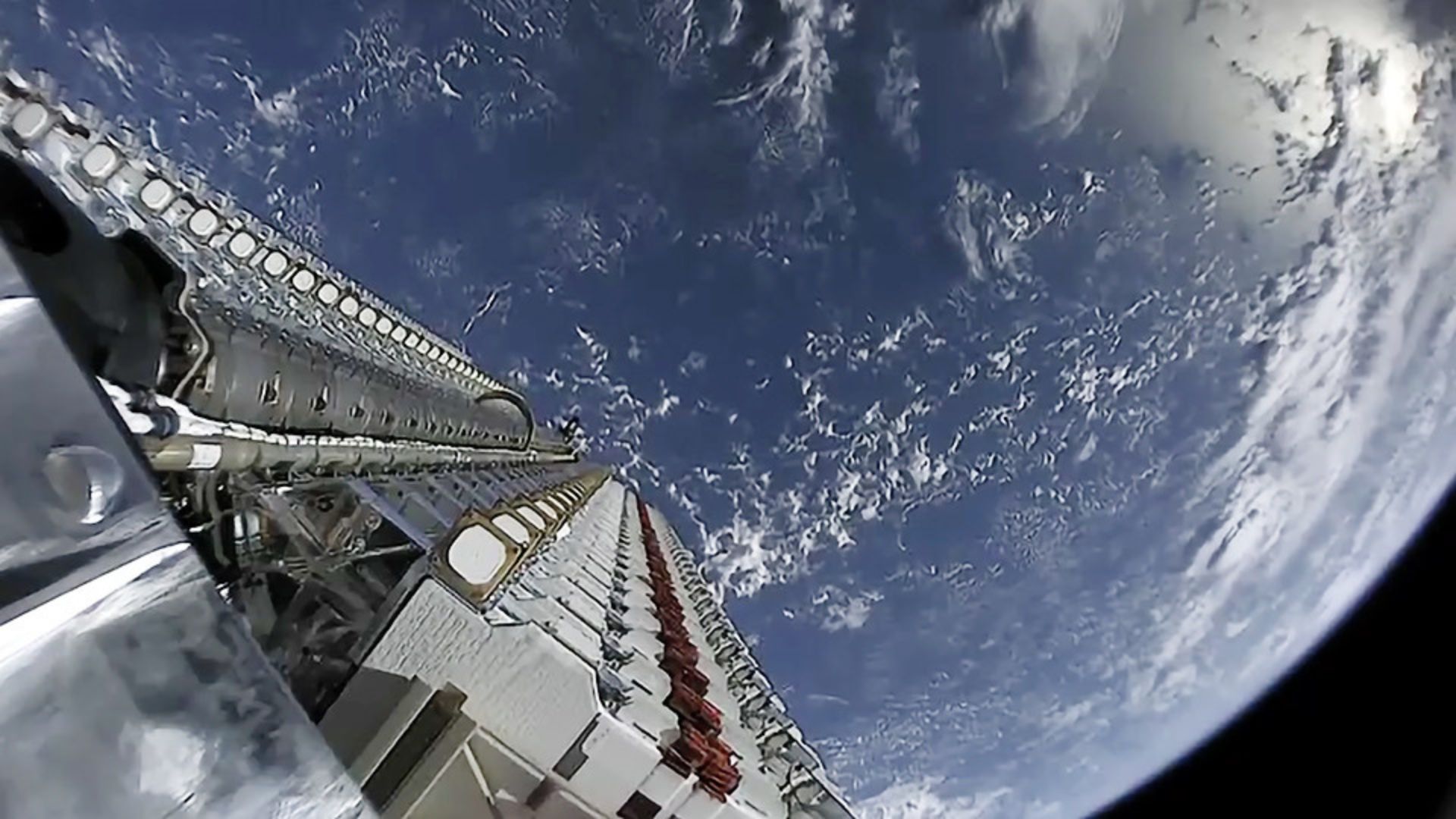
SpaceX leads the charge with its Starlink project, which already counts over 6,000 satellites. Plans to expand to 40,000 satellites are underway.
Similarly, companies like OneWeb, Amazon, and various Chinese enterprises are aggressively developing their megaconstellations, promising a crowded and bustling orbital space.
Delayed Destruction

Wang from USC explains a concerning delay in the impact of aluminum oxides: “It takes up to 30 years for the particles to reach the altitudes where the ozone layer resides.”
This slow journey means the particles can wreak havoc undetected, with potential long-term consequences for our protective ozone layer.
The Crucial Role of the Ozone Layer
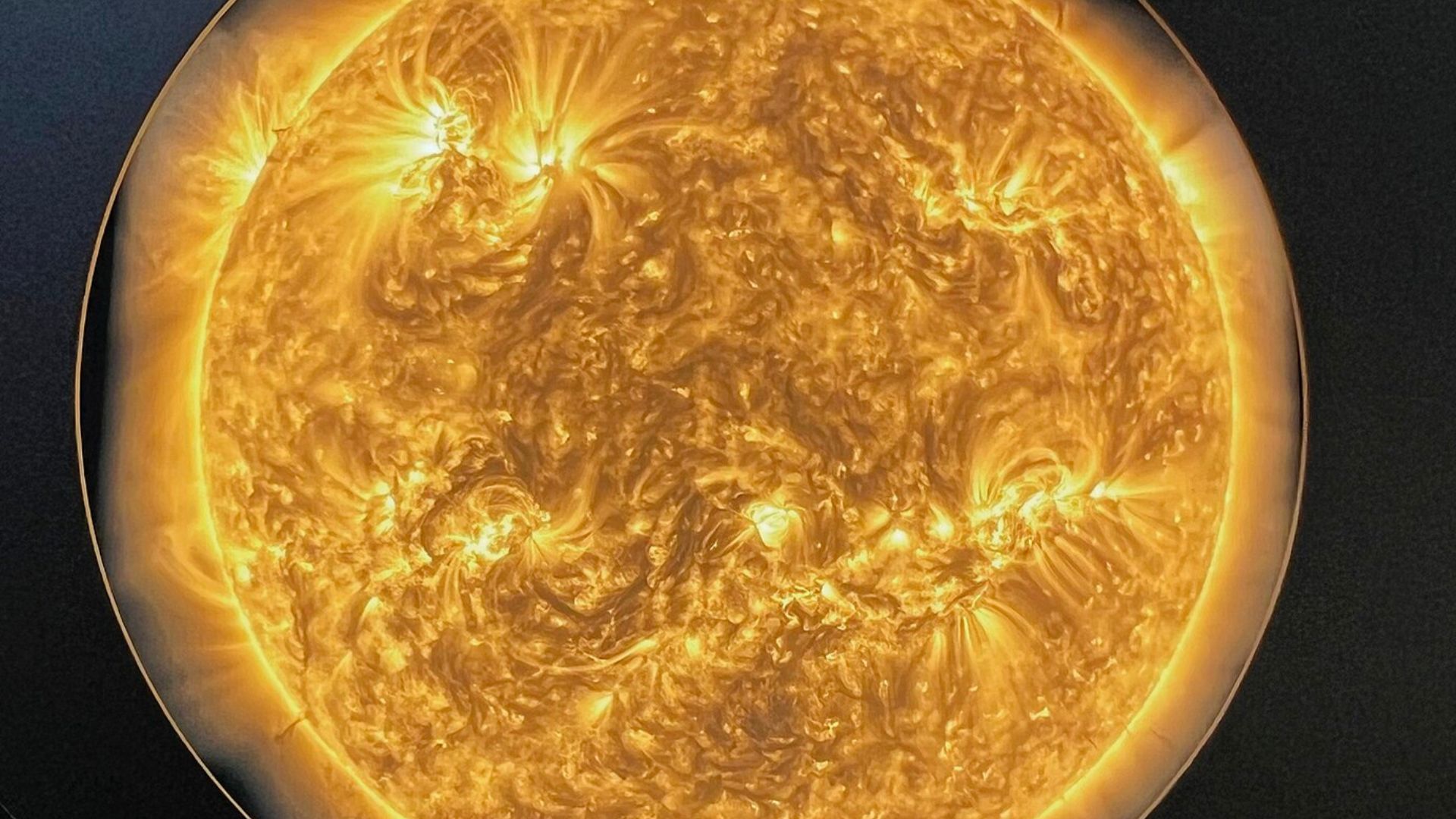
Our ozone layer is indispensable, filtering out most of the sun’s harmful ultraviolet light.
Any significant thinning of this layer could lead to an increase in skin cancer rates and other health problems, not to mention broader ecological impacts.
Understanding the Unknowns
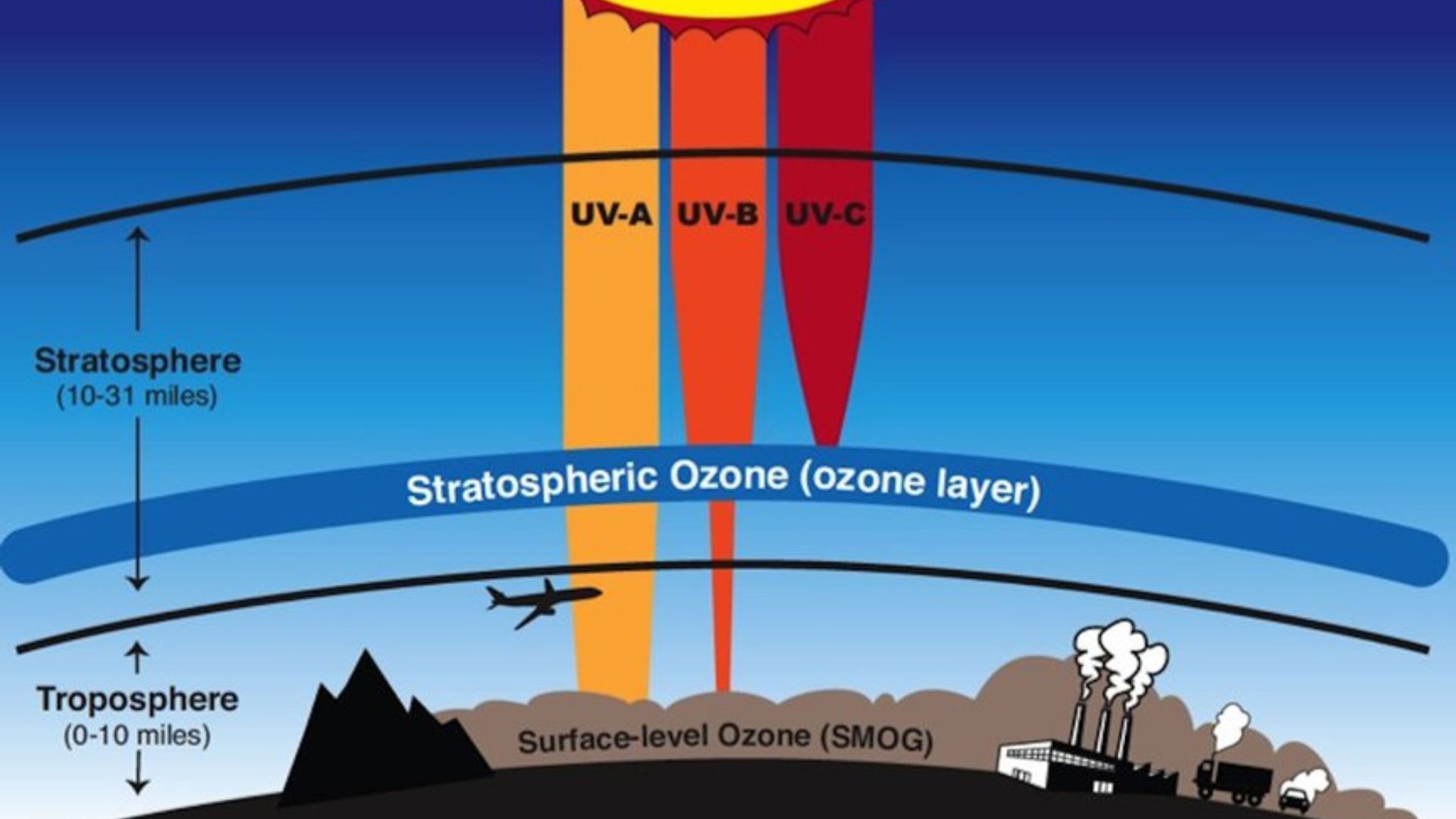
The precise effects of aluminum oxides on the ozone layer remain a mystery, which highlights a major gap in environmental science.
José Pedro Ferreira from USC notes, “The chemistry and physics of these reentry byproducts as they cool down and settle in the atmosphere, including chemical reactions with ozone, are not completely understood by the community.”
The Push for More Research
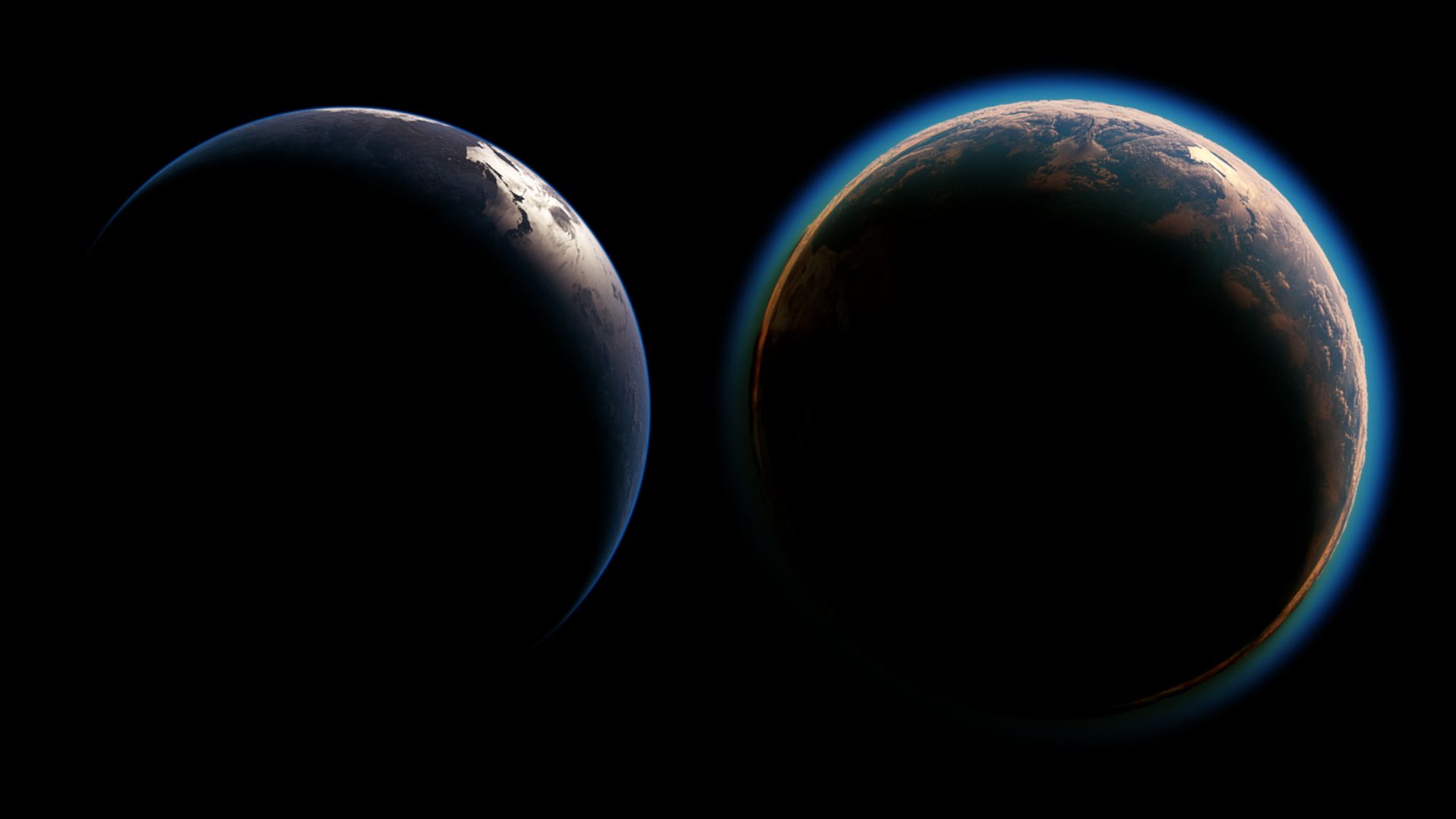
The need for further detailed research is urgent. Ferreira stresses this, stating, “These known unknowns should work as an incentive to devote more resources to this research line, which is currently being pursued by our group at USC.”
This ongoing effort is vital to fully understand the long-term environmental effects of satellite megaconstellations on Earth’s atmosphere.
